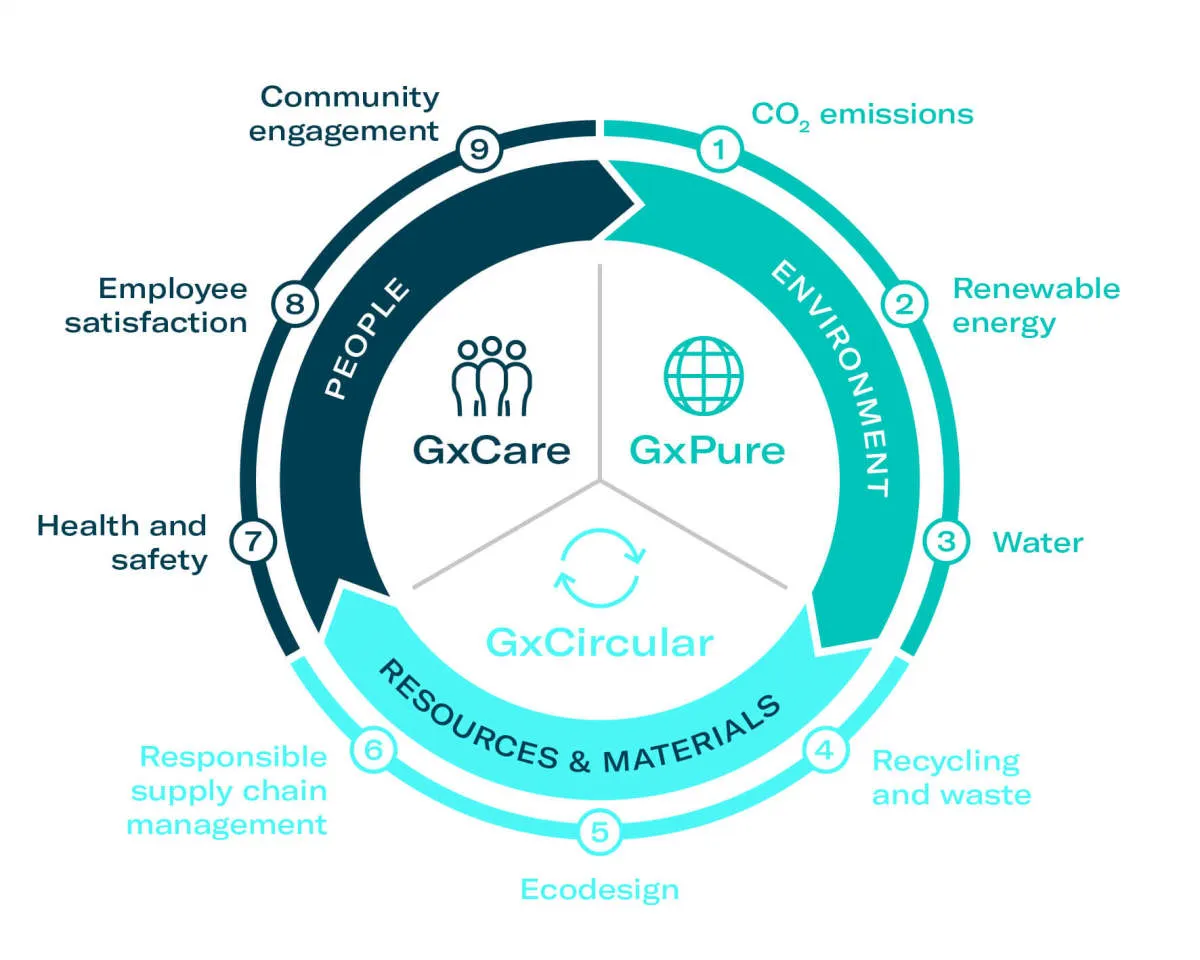Creating a sustainable business model is crucial for long-term success. Learn how to develop strategies that prioritize environmental and social responsibility while ensuring financial stability.
Understanding Sustainable Business Models
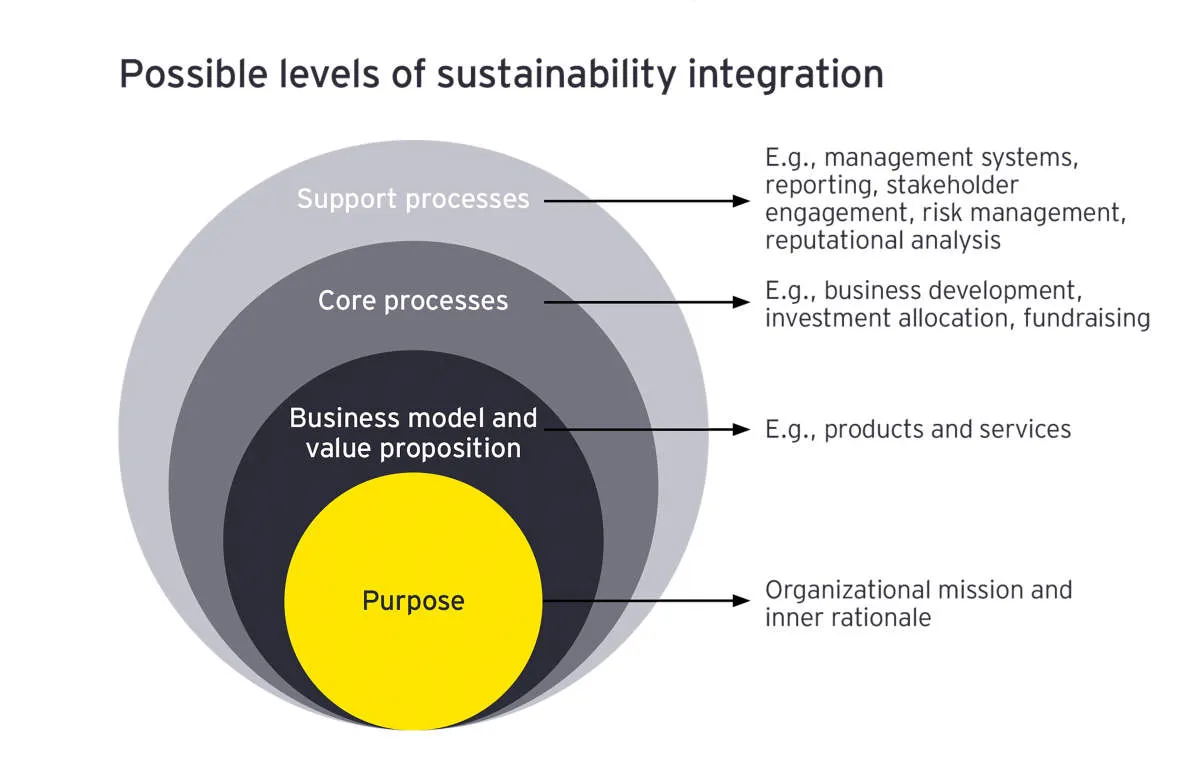
A sustainable business model goes beyond simply generating profits. It considers the environmental, social, and governance (ESG) impacts of its operations, aiming to create value for all stakeholders while minimizing negative externalities. It’s about building a business that can thrive in the long term without depleting resources or harming the planet.
Here are key aspects to consider:
1. Value Proposition:
A sustainable business model offers products or services that address genuine societal or environmental needs. This could involve:
- Developing eco-friendly products
- Promoting resource efficiency
- Addressing social inequalities
2. Value Creation and Delivery:
This focuses on how the business operates across its entire value chain. It considers:
- Sustainable Sourcing: Obtaining materials from responsible and ethical suppliers.
- Resource Efficiency: Minimizing waste, energy consumption, and pollution in production and operations.
- Fair Labor Practices: Ensuring safe and ethical working conditions, fair wages, and opportunities for development.
- Ethical Marketing: Promoting products and services transparently and honestly.
3. Value Capture:
This involves generating revenue while considering the long-term sustainability of the business and its impact on stakeholders. This might include:
- Pricing Strategies: Reflecting the true cost of products and services, including environmental and social impacts.
- Transparency and Accountability: Openly communicating the company’s sustainability efforts and performance to stakeholders.
- Investing in Innovation: Continuously seeking new ways to improve the environmental and social performance of products, services, and operations.
Creating a Value Proposition
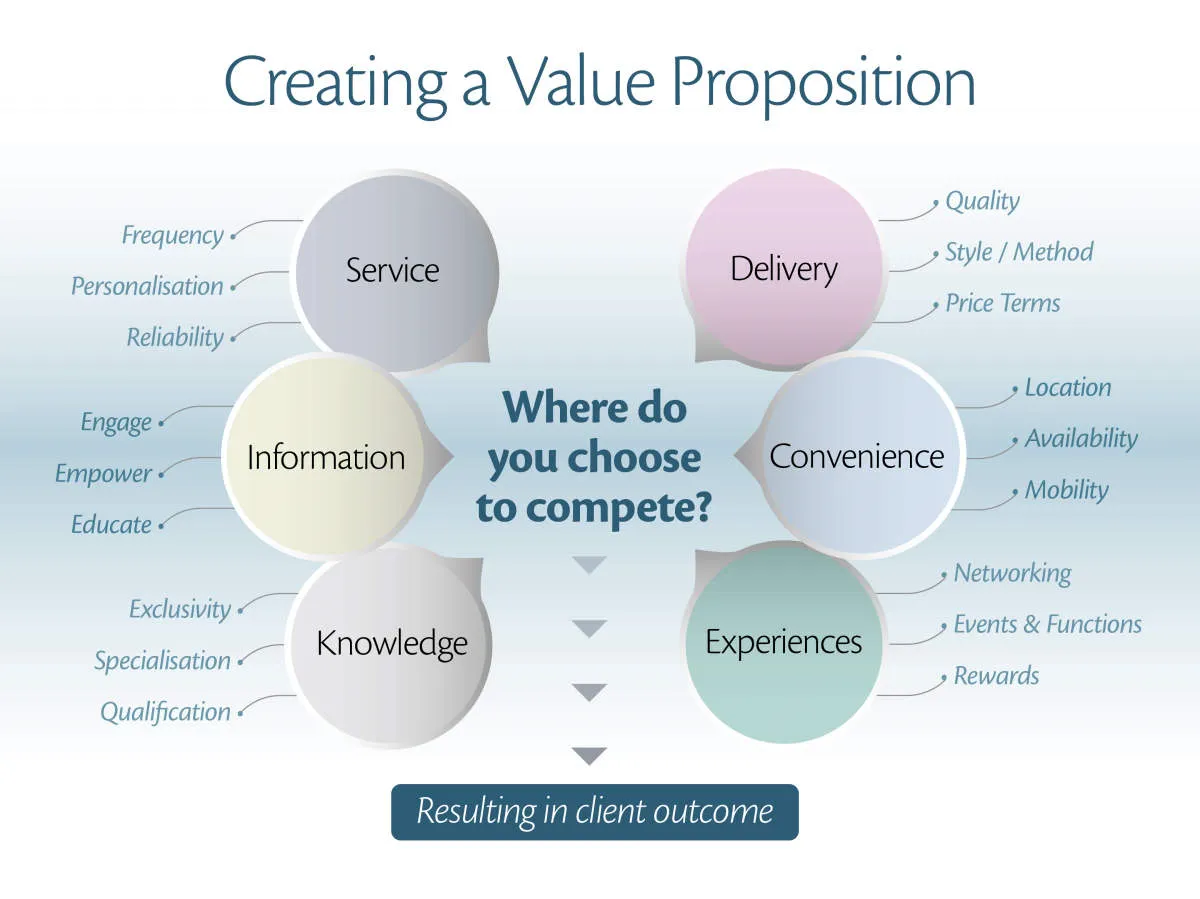
A value proposition is a concise statement that explains what benefits your product or service offers to customers, how it solves their problems, and why they should choose you over competitors. It’s the core of your business model and acts as a guiding star for your marketing and sales efforts.
To craft a compelling value proposition, consider the following:
- Identify your target audience: Who are you trying to reach? What are their needs, desires, and pain points?
- Define your unique selling proposition (USP): What makes your offering stand out from the competition? What specific benefits do you provide that others don’t?
- Quantify your value: Whenever possible, use concrete data and metrics to showcase the value you deliver. This could include cost savings, increased efficiency, or improved results.
- Keep it clear and concise: Your value proposition should be easy to understand and communicate in a few sentences. Avoid jargon and technical terms.
Once you’ve developed your value proposition, make sure it’s prominently displayed on your website, marketing materials, and sales pitches. It should be a central part of how you present your business to the world.
Identifying Revenue Streams
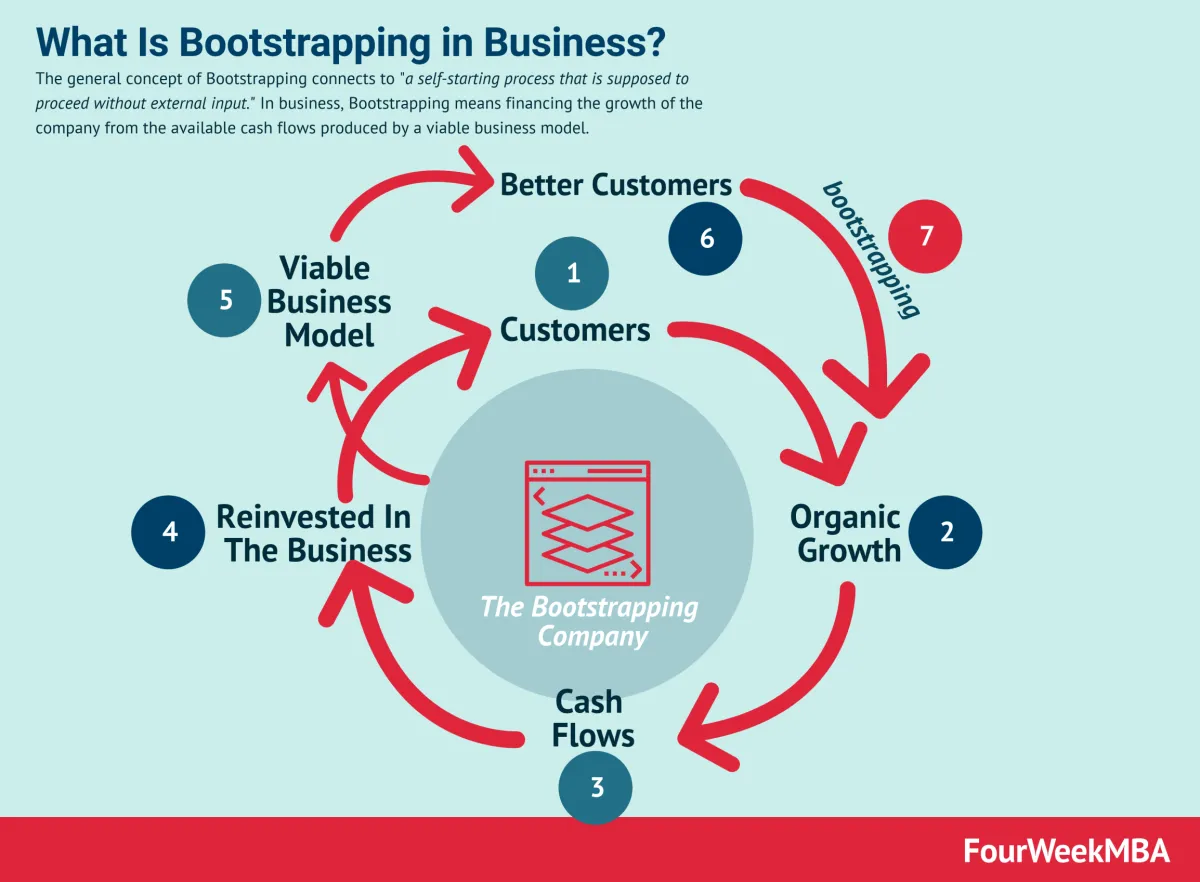
A sustainable business model hinges on reliable and consistent revenue streams. This goes beyond simply selling a product or service. It’s about understanding:
- Who are your target customers? Different customer segments may have different needs and willingness to pay.
- What value proposition are you offering? Are you solving a problem, fulfilling a need, or providing a desired experience?
- How will you price your offerings? Consider cost-plus, value-based, competitive pricing, or subscription models.
Let’s explore various revenue stream avenues:
1. Direct Sales:
This is the most common model where revenue comes directly from selling products or services to customers. It requires effective sales, marketing, and distribution channels.
2. Subscriptions:
Ideal for recurring revenue, this model offers customers continuous access to a product or service for a regular fee. It fosters customer loyalty and provides predictable income.
3. Licensing:
If you’ve developed valuable intellectual property like software, technology, or designs, licensing allows others to use them for a fee, generating income without actively producing or selling.
4. Advertising:
If your business has high traffic (website, app, or social media), you can offer advertising space to other businesses looking to reach your audience. The effectiveness depends on your reach and audience engagement.
5. Affiliate Marketing:
Partner with other businesses or individuals (affiliates) to promote your products or services. You pay them a commission for every sale or lead generated through their efforts.
6. Data Monetization:
With the rise of big data, businesses can gather and analyze data to gain valuable insights. These insights can be packaged and sold to other companies or used to improve your own operations and offerings.
Identifying multiple revenue streams can strengthen your business model, diversify income, and mitigate risks associated with relying on a single source.
Managing Costs Effectively
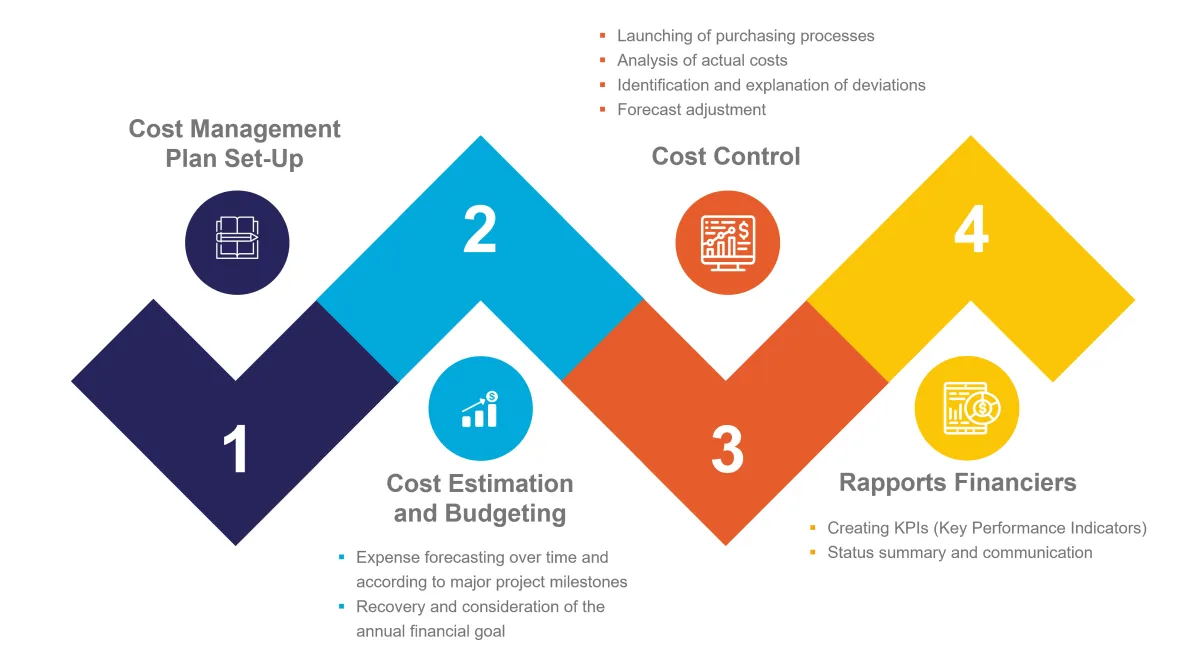
A cornerstone of any sustainable business model is effective cost management. This doesn’t necessarily mean always seeking the cheapest option, but rather understanding where every dollar is going and ensuring it’s being used in the most efficient way possible to drive profitability and sustainability.
Here are key strategies for managing costs effectively:
1. Track and Analyze Expenses
Utilize accounting software or spreadsheets to meticulously track all expenses. Categorize them for clear analysis (e.g., rent, utilities, marketing, production). Regularly review spending patterns to identify areas of overspending or potential savings.
2. Negotiate with Suppliers
Building strong relationships with suppliers is crucial. Don’t hesitate to negotiate better prices, payment terms, or bulk discounts. Loyalty can often translate into cost advantages.
3. Optimize Inventory Management
Excess inventory ties up capital and incurs storage costs. Implement inventory management techniques like Just-in-Time (JIT) or Materials Requirements Planning (MRP) to maintain optimal stock levels and minimize waste.
4. Explore Outsourcing Opportunities
Certain business functions might be more cost-effective if outsourced to specialized providers. This could include accounting, customer service, or even aspects of production, freeing up internal resources and potentially reducing overhead.
5. Embrace Technology
Investing in technology can lead to long-term cost savings. Automation tools can streamline processes, reduce manual labor, and minimize errors. Cloud-based solutions often offer cost-effective alternatives to traditional software and infrastructure.
6. Promote Energy Efficiency
Reducing energy consumption isn’t just environmentally responsible; it’s financially savvy. Implement energy-efficient practices in your operations, from lighting and equipment to HVAC systems. Explore renewable energy options like solar power if feasible.
7. Continuous Improvement
Cost management is an ongoing process, not a one-time task. Regularly review your strategies, analyze results, and identify areas for further optimization. Cultivate a culture of cost-consciousness within your team, encouraging employees to identify and propose cost-saving measures.
Building a Scalable Infrastructure
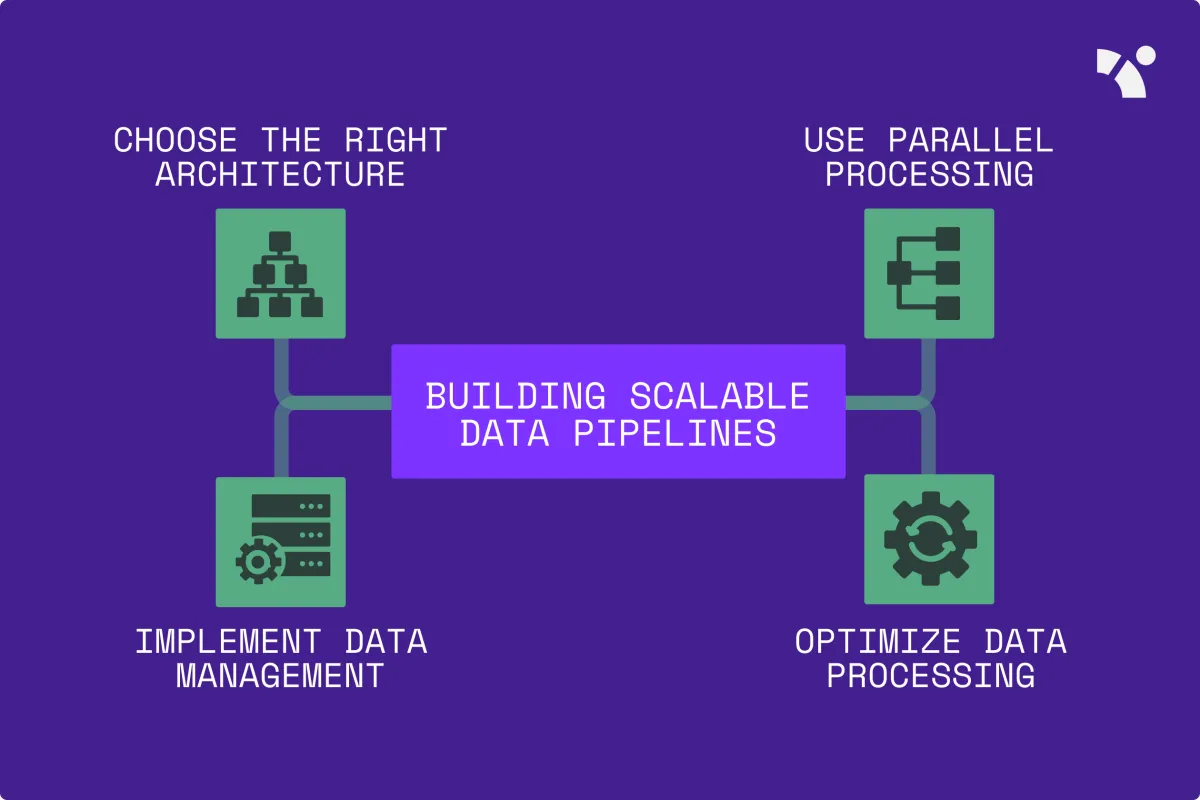
A sustainable business model requires a foundation capable of handling growth without sacrificing efficiency or profitability. This is where building a scalable infrastructure comes in. Here’s what to consider:
1. Technology that Grows with You
Avoid getting stuck with rigid systems. Prioritize technologies that are:
- Cloud-based: Offering flexibility to scale resources up or down as needed.
- Modular: Allowing you to add or adapt components as your business evolves.
- Automated: Streamlining processes to handle increased volume without proportionate staff increases.
2. Streamlined Operations
Analyze your existing processes. Identify bottlenecks and areas for improvement. Consider:
- Process mapping: Visually representing your workflows to pinpoint inefficiencies.
- Standardization: Creating consistent procedures for repeat tasks to reduce errors and improve predictability.
- Outsourced Solutions: Leveraging external expertise for non-core functions that might hinder scaling.
3. Data-Driven Decisions
As you grow, the amount of data you generate will increase exponentially. Implement systems to:
- Collect: Gather data from all relevant sources (sales, marketing, operations, etc.).
- Analyze: Use analytics tools to identify trends, patterns, and insights.
- Act: Make informed decisions based on data analysis to optimize processes and resource allocation.
4. Flexibility and Adaptability
The business landscape is constantly changing. Build in mechanisms that allow your infrastructure to adapt:
- Agile methodologies: Embrace iterative development and testing to respond quickly to market shifts.
- Feedback loops: Establish channels for customer and employee feedback to identify areas for improvement.
- Continuous learning: Foster a culture of ongoing learning and development to keep pace with industry advancements.
Planning for Long-Term Growth

Creating a sustainable business model isn’t just about surviving the present; it’s about thriving in the future. Planning for long-term growth requires a shift in perspective from short-term gains to strategies that build resilience and adaptability.
Identify Future Trends and Market Shifts
Staying ahead of the curve is crucial for sustained growth. Conduct thorough market research, analyze industry trends, and understand emerging technologies that could impact your business. Are there potential disruptions on the horizon? How can your business model evolve to leverage these changes?
Invest in Research and Development
Continuous innovation is the lifeblood of long-term success. Allocate resources to R&D, exploring new product or service offerings, improving existing ones, and finding more efficient ways to operate. Foster a culture of innovation within your company, encouraging experimentation and creative problem-solving.
Cultivate Strategic Partnerships
Collaboration can unlock new avenues for growth. Identify potential partners whose strengths complement yours, allowing you to expand into new markets, access valuable resources, or enhance your offerings. Building strong, mutually beneficial relationships can create a powerful network for long-term success.
Develop Scalable Systems and Processes
As your business grows, your operations need to keep pace. Implementing scalable systems and processes ensures that you can handle increased demand without compromising efficiency or quality. This might involve automating tasks, streamlining workflows, or investing in robust technology infrastructure.
Conclusion
In conclusion, creating a sustainable business model is crucial for long-term success. By prioritizing environmental and social responsibility, investing in innovation, and adapting to changing market trends, businesses can thrive while making a positive impact on society.

